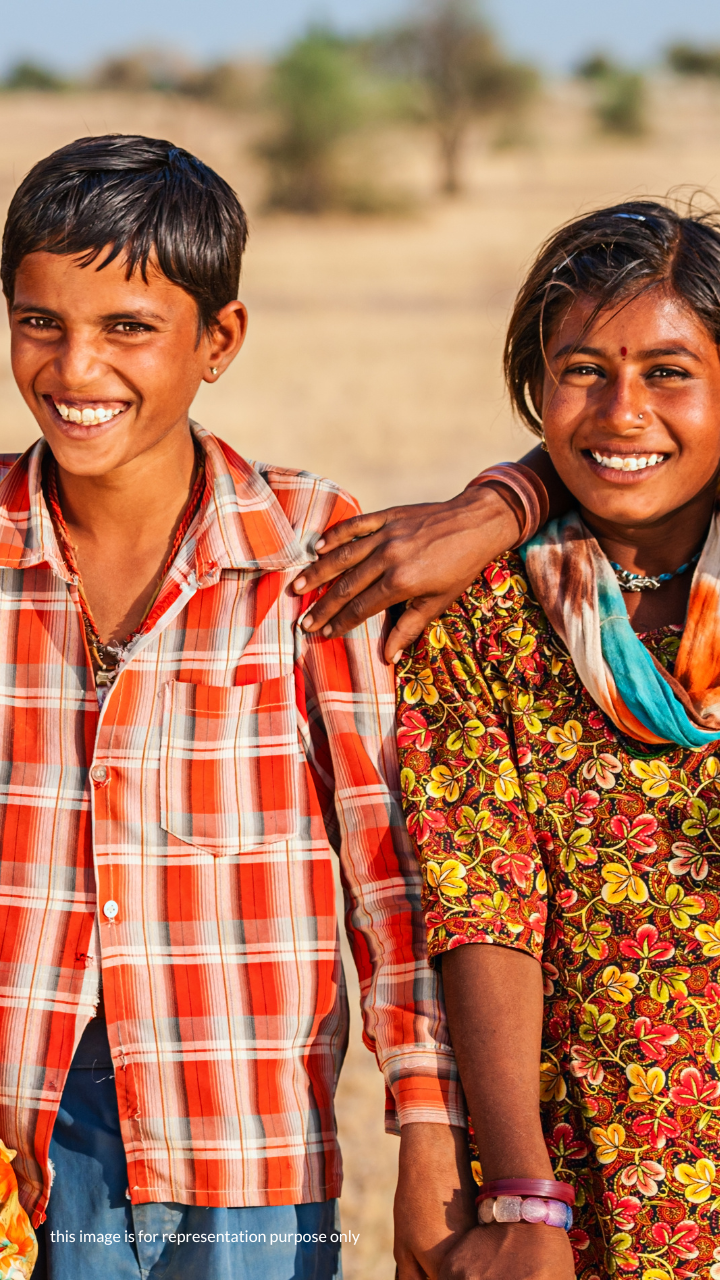Rise of Digital Fundraising: How NGOs Can Leverage Technology
The Digital Shift in Giving
Giving has always been a part of Indian culture—whether it is dropping coins in a donation box or supporting a cause close to our hearts. But let’s be honest: Traditional donation methods were not always convenient. Visiting an NGO office, writing a cheque, or attending fundraisers took time and effort.
Now, technology has changed the game. With just a few taps on your phone, you can donate online and make a real impact from anywhere, anytime. Whether helping a child get an education or providing meals to those in need, digital fund raising for NGOs has made giving easier, faster, and more transparent.
Making Giving Easy for Everyone
Imagine you hear about a child who dreams of going to school but lacks the resources. You want to help, but you live miles away. What if you could make a difference right from your couch? That is exactly what online donation platforms do—they bridge the gap between donors and the causes they care about.
Think about how you shop online—you use UPI, net banking, or digital wallets to buy clothes or food or even book a cab. Now, donating is just as easy! With a few clicks, you can donate to NGOs and support education, healthcare, or nutrition for children in need.
And here is the best part—every little contribution adds up. A ₹100 online donation might seem small, but when thousands of people give, it can fund an entire school. Just like a drop fills an ocean, your donation for NGOs plays a role in changing lives.
How NGOs Are Using Technology to Drive Impact
Technology is not just changing how we shop or communicate but also how we give. NGOs are now using digital tools to reach more people, raise funds efficiently, and ensure transparency. From social media campaigns to AI-powered fundraising, here is how NGOs are making the most of technology.
- Crowdfunding: Turning Small Donations into Big Impact
Crowdfunding is like a community coming together to support a cause. Instead of relying on large donations from a few, NGOs can raise funds from thousands of small donors. Platforms like Milaap and Ketto make it easy for anyone to start a fundraiser for medical aid, education, or disaster relief. For example, a ₹500 donation might seem small, but if 10,000 people contribute the same amount, that’s ₹50 lakh for a cause! By sharing stories and progress updates, NGOs can connect emotionally with donors, making giving more meaningful. Crowdfunding is proof that when many people give a little, it can create a huge impact.
- Social Media: Spreading Awareness & Encouraging Donations
Social media is not just for memes and travel photos—it is a powerful tool for change. NGOs use platforms like Instagram, Facebook, and X to tell real stories, engage with people, and encourage donations. A simple post about a child receiving an education due to fund raising for NGOs and donate online can inspire hundreds to contribute. Hashtag movements, influencer collaborations, and viral challenges also help spread the message. Think of it as word-of-mouth but at lightning speed. Plus, with instant donation buttons on social media platforms, giving is just a tap away.
- UPI and Digital Wallets: Making Donations Instant & Hassle-Free
Gone are the days of writing cheques or visiting bank branches to donate. With the rise of UPI and digital wallets, donating is as easy as paying for groceries online. NGOs now integrate with platforms like Google Pay, Paytm, and PhonePe, allowing donors to contribute in seconds. For example, just like you scan a QR code to pay for coffee, you can scan and donate online to an NGO instantly. This ease of giving encourages more people to contribute, even if it is a small amount. With minimal effort, donors can make a big difference.
- AI and Data Analytics: Personalising the Giving Experience
Ever noticed how shopping websites suggest products based on your interests? NGOs are now using similar AI-driven insights to make fundraising smarter. By analysing donor behaviour, AI helps NGOs send personalised donation requests, making giving more relevant. For instance, if someone frequently donates to child education, they might receive updates about new school-building projects. AI also helps predict the best times to run campaigns, ensuring better engagement. With such data-driven insights, NGOs can connect with donors in a more meaningful and impactful way.
- Transparency Through Blockchain & Real-Time Updates
One of the biggest concerns with donations is trust—people want to know where their money is going. This is where blockchain technology and real-time updates come in. Some NGOs now use blockchain to create tamper-proof records of donations, ensuring full transparency. Additionally, donors receive real-time updates, such as photos or videos of how their funds are being used. Imagine donating to a school project and receiving a video of the newly built classroom—it makes giving more rewarding! When donors see the impact firsthand, they feel more connected to the cause and are likely to donate to NGOs and donate online again.
The Role of Bal Raksha Bharat in Donations
Donating to a cause should be easy, and Bal Raksha Bharat (also known as Save the Children India) ensures just that. They provide simple and secure ways for people to make a donation for NGOs and support children in need. Whether it is a one-time contribution or a monthly commitment, every donation goes directly toward essential programmes like education, healthcare, and nutrition.
Even a small amount can make a big difference, you can donate online —a few hundred rupees can provide books, meals, or medical aid for a child. With complete transparency and real-time updates, donors can see the impact of their generosity. It is a meaningful way to give and change lives.












